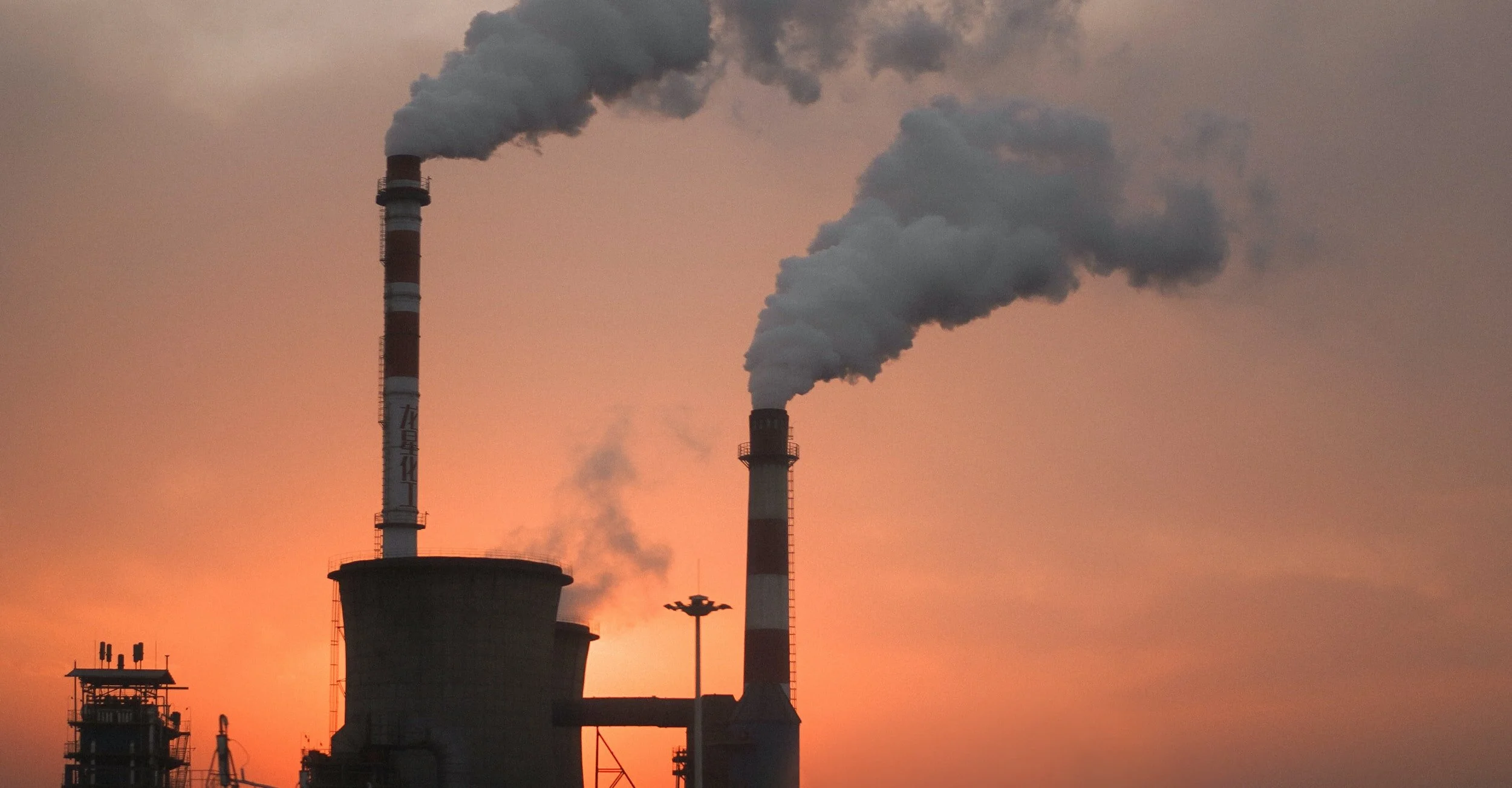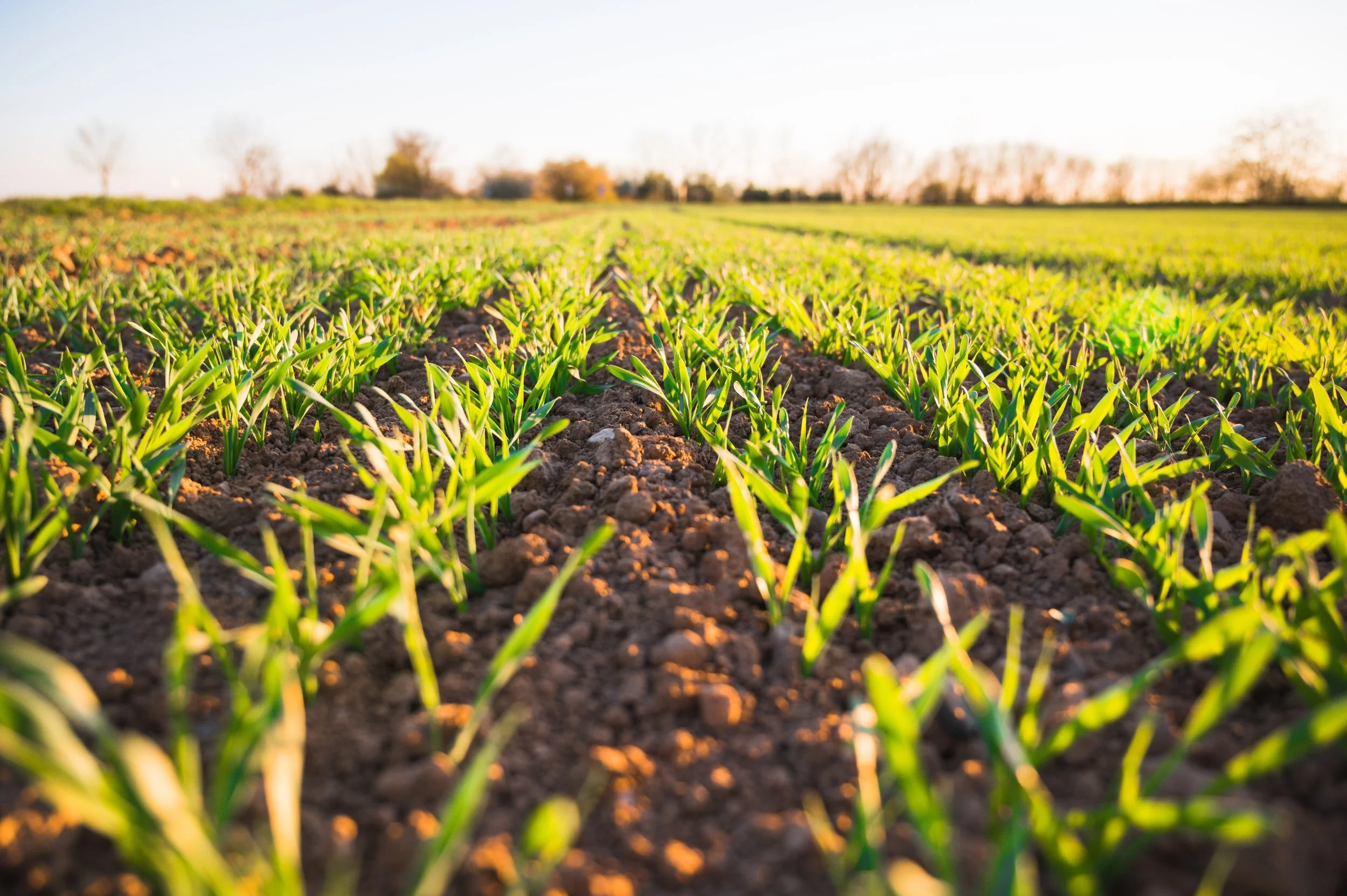An Introduction to Climate Change: Science, Sources, and Implications
January 20, 2021
Written by Gabrielle Gundry
We see it in the news everyday and hear it on the radio and in podcasts. It’s a hot button topic in political conversations, and we notice how the tree buds bloom at different times than the last few springs. What does it all mean, and what exactly is happening to our planet? While we may see and hear it all around us, the first step in addressing climate change is to understand its effects and the implications on our planet and our society.
The science behind it
Weather versus climate
Weather is the day to day changes in temperature and precipitation of a localized environment, whereas climate is the normal, or average, atmospheric conditions on both local and global scales over the course of hundreds to thousands of years (NASA What Is Climate Change). Earth’s climate is always changing from natural phenomena, such as solar flares, volcano eruptions, and even the changes in its distance from the sun, so why is it such a big deal now? After all, the Earth’s temperature has only gone up one degree Fahrenheit in the past 100 years (NASA What Is Climate Change). While this seems like such a small difference, large impacts on our oceans, natural disasters, plants, wildlife, and human society are being seen. Moreover, these negative changes are primarily anthropogenic, or caused by humans.
The importance of biodiversity
As the evolving climate changes average weather patterns, biodiversity is being negatively affected. Biodiversity is how many species of organisms (plant and animal) exist in an area. With higher biodiversity, an ecosystem is more resilient and can bounce back from a disturbance because there is a greater chance of more species to survive in the case of a sweeping disease (Ecosystem Resilience and Biodiversity Loss), such as dutch-elm disease in trees or anthrax in animals.
Climate change can make some places warmer and some colder than their average temperature. Plants and animals that are native to an area have features that enable them to live in that environment specifically. However, if the climate of an area changes, more species that are equally, or more equipped to survive and adapt to that environment can invade. These are called invasive species, and since it diminishes biodiversity, it also reduces ecosystem resiliency, making the environment more prone to damage from natural phenomena that could otherwise be sustained (NOAA Invasive Species).
Warming of the ocean
A reef of coral bleached from rising ocean temperature as a result of climate change.
The Earth’s rising temperature is also causing the oceans to warm, resulting in the Arctic’s glaciers to melt and consequential sea-level rise. Oceans are vital to climate regulation, given they absorb 93% of the heat accumulated in the Earth’s atmosphere (Marine Stewardship Council). The warming of oceans is decreasing fish stocks, with less and less fish being harvested each year to feed the globe’s population. Additionally, there is an increased ocean acidification, which has led to the demise of important coastal barriers to natural disasters and home to 25% of marine life (Ocean Conservancy), such as Australia’s Great Barrier Reef. Under stressed conditions, coral’s major food source, algae, is expelled, leaving coral susceptible to disease with a high likelihood of coral bleaching and death (NOAA Coral Bleaching). Similarly as with invasive species, oceanic ecosystems are becoming less resilient, as well as human coastal communities that rely on marine life for food sources and local economies. A warmer ocean temperature has also resulted in a greater occurrence of algal blooms. Algae requires lots of oxygen to grow, limiting other species’ availability to oxygen in that ecosystem. The result is deoxygenated “dead zones'', in which species inevitably suffocate due to unfair competition for oxygen with algae.
How are we contributing, and what are the implications?
While it is known that Earth’s climate changes over time due to natural phenomena, the negative effects we are seeing in this day and age are in a much shorter time frame and are directly anthropogenic. When thinking on what our contributions are to climate change, we can turn to what facilitates our daily lifestyle as the sources.
Greenhouse gas emissions
Factory pipes emitting greenhouses gases into Earth’s atmosphere.
A large driving force of climate change is greenhouse gas emissions, with the main greenhouse gases being carbon dioxide, methane, and nitrous oxides (EPA Overview of Greenhouse Gases). In simple terms, the greenhouse effect is when these gases trap heat in the atmosphere and increase the Earth’s temperature. Carbon dioxide primarily enters the atmosphere by burning fossil fuels, such as coal, oil, and natural gas (EPA Overview of Greenhouse Gases) for transportation, electricity, and industrial production. C0₂ leaves the atmosphere by being reabsorbed, or essentially breathed-in, by plants and stored through sequestration; this mitigation solution becomes less possible as deforestation and land conversion continues. Both methane and nitrous oxides are largely emitted from agricultural practices and industrial production (EPA Overview of Greenhouse Gases). However, landfill decay and livestock waste, due to an increase in meat consumption, also largely contribute to methane emissions (EPA Overview of Greenhouse Gases). As incredible as mankind’s innovation over the past century is, the lack of regulation, waste, prioritization of profit, and disregard for the biological consequences are causing unintended, yet serious consequences.
The agriculture industry
Rows of crops in an agriculture field.
Everybody needs to eat, and quite a bit too. With a population of 7.8 billion people and counting (Wikepedia World Population), our planet has a large responsibility to feed our densely-populated society. Considering these facts it comes as no surprise that 40% of the world’s land is used for agriculture (National Geographic). While it may seem like a blessing to have the afforded space to grow all our crops, most of this land was converted from what was originally forested land that hosted biodiverse plant and animal habitats, and sequestered, or stored, abundant amounts of carbon from Earth’s atmosphere within the trees and soil. Converted land also increases surface runoff (above-groundwater that is returning back to water sources) of water polluted from agricultural crop pesticides and fertilizers into our waterways. The scientific community isn’t sure as to all the effects of this pollution on human health, but so far research suggests that overabundant levels of ingested nitrate from nitrogen fertilizers in our food and water are likely linked to increased risk and instances of cancer (President’s Cancer Panel).
Furthermore, in pursuit of higher efficiency and earnings, many farmers have utilized monocropping methods in the agriculture industry; monocropping is planting the same crop every year without rotating the crops. Rotating crops can restore diminished nutrients back into the soil and prevent soil erosion (Greentumble Monocropping). In effect, monocropping has been causing soil degradation (which also reduces the nutritional value of crops), reduces biodiversity, and is intensive in water, pesticides, and fertilizers, all of which we know leads to lower ecosystem resiliency and water pollution from runoff (Greentumble Monocropping).
Culture and the environment
Lastly, the connection between culture and nature should be noted, and valued. Oftentimes overlooked but uniquely tethered, many communities across the globe have a fine-tuned appreciation for their surrounding environment, as displayed through traditional ceremonies, local economies, and everyday life. An attack on the environment is equally an attack on attached cultures and the resources, land, and life human society depends on. Apart from the sustenance of natural resources that Earth so selflessly gives us, humans are a part of a global community that deserves a duty of care from all its inhabitants for equal claim to protection and preservation, regardless if society doesn’t deem this mantra a currently pressing essential.
Time for change
We are seeing a drastic increase of the frequency and intensity of natural disasters, with humans actively degrading earth’s resiliency to recover from these disturbances and the natural barriers that support and protect human, plant, and animal life. A society oriented around lavish living sustained from nonrenewable sources of energy and an unsustainable agriculture industry to suit our still-growing, over-capacity population is actively leading to the demise of our only home. The time is now to understand our effect on the planet and how we can best regulate our lifestyles to be led more sustainably and environmentally-aware to mitigate climate change and its effects.
Read next week’s article on the solutions society is actively researching, pursuing, and implementing here at Care About Climate.
You can be a part of the climate movement and support Care About Climate’s mission by becoming a member today!



